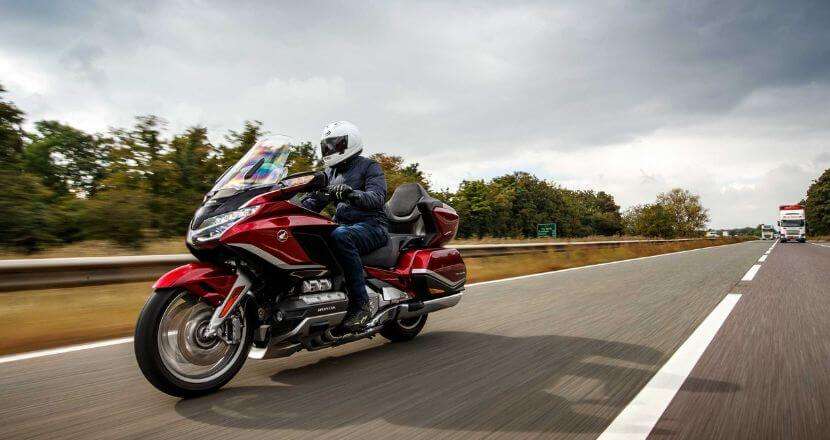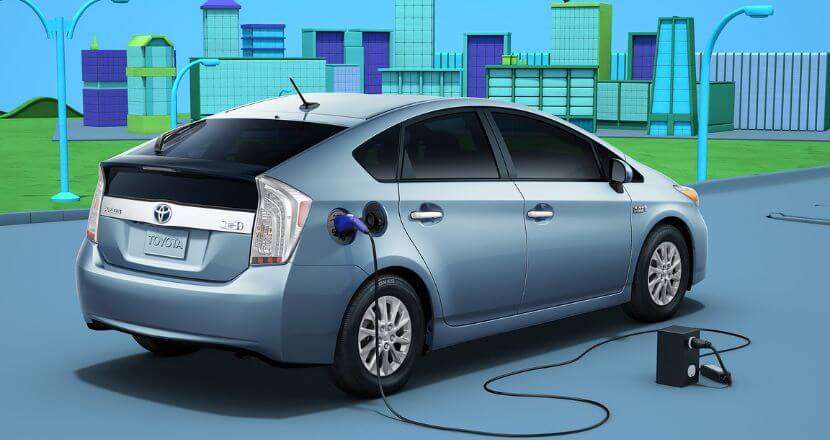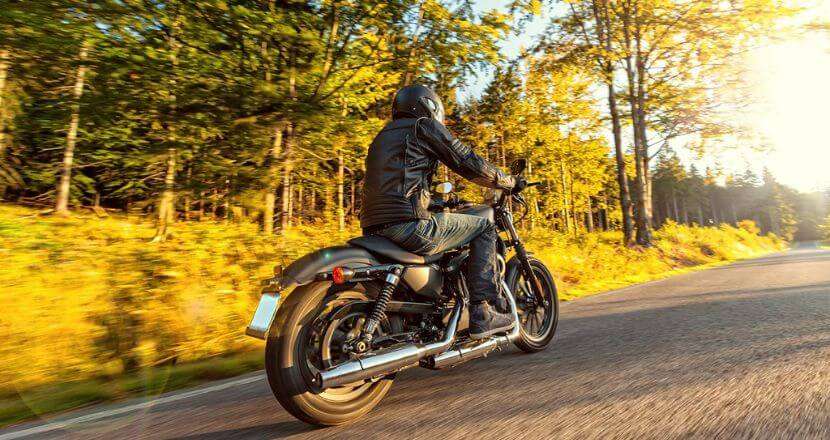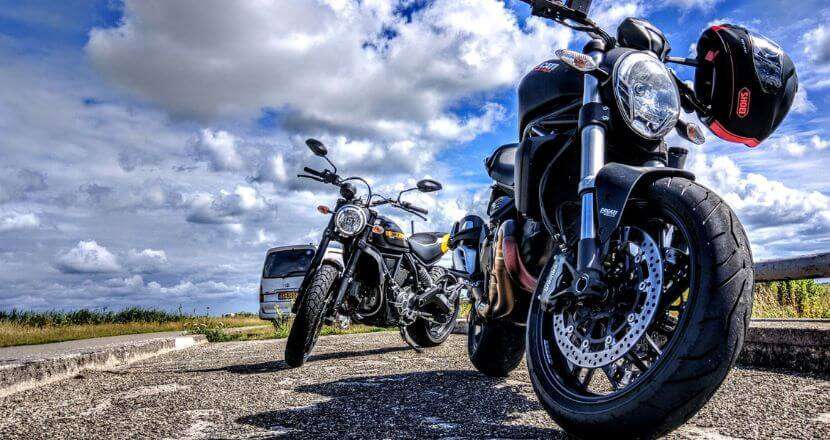If you’re like me, riding a motorcycle is a big part of your life. I enjoy the freedom that comes from being able to ride anywhere at any time—especially since I live in a city where public transportation can be unreliable and expensive.
But even if you’re not a commuter or daily rider, it’s important to take some precautions when commuting on two wheels.
In this article, we’ll examine what makes commuting by motorcycle different from driving other modes of transportation and how to stay safe while doing it.
More than 750,000 new motorcycles are sold each year, with sales up 7% over last year’s figures.

Pay attention to road conditions.
It’s important to be aware of the road conditions, but it can also help you stay alert and focused on your surroundings.
When riding on a motorcycle, you are more vulnerable to injury than in a car because you don’t have any protection from other vehicles or the environment around you.
Paying attention to the road conditions is essential for staying safe while commuting:
- Look ahead of you at least 10 seconds ahead.
- This allows enough time to react if something unexpected happens in front of your bike or another vehicle comes toward it from another direction.
- If there are no cars ahead of yours, it’s probably safe to speed up slightly and make better use of available space on multi-lane highways (where speeds tend to increase).
- Look behind you often enough that it becomes second nature—about every five seconds when traveling at normal speeds.
- It will help keep track of traffic behind so that no one gets too close for comfort when passing by (or tailgating). T
- his will also prevent accidents caused by distracted driving; turning around every few minutes won’t cause much trouble if done carefully!
Know how to handle your bike during a turn.
When you’re on a motorcycle, it is imperative that you know how to handle your bike during a turn.
This is important because turning your bike can help avoid hitting something while riding.
If you’ve lost control of the handlebars and find yourself veering off course, make sure not to panic!
If possible, try to steer back into the proper direction as soon as possible before hitting anything or anyone.
If there are any cars in front of or behind you, be aware of them at all times so that they don’t hit you.
Make sure not to exceed the speed limit so that no one else has an excuse for hitting your motorcycle.
In addition, riding on sidewalks is illegal in most places—so make sure not to ride dangerously close toward pedestrians walking through crosswalks or near schools where children may be present (or even areas where children might play).

Plan your route and leave plenty of time to get to your destination.
The most important thing you can do is plan your route and leave plenty of time to get to your destination.
It may sound obvious, but take it from someone who’s been caught out before: don’t assume you’ll be able to make a stop at your first choice gas station or convenience store.
Plan for stops along the way, so that when you’re on the road, you don’t have to worry about finding a place for pit stops or grabbing a snack.
And if there’s any chance of traffic delays due to weather conditions or construction work, factor those into your travel time as well!
You’ve also got to consider weather conditions—especially if you’re traveling during winter months.
If there are snowstorms predicted in the area where you live and work, keep an eye on local forecasts before heading out on two wheels (and after checking the weather report).
You don’t want an unexpected layer of white stuff hiding rocks underfoot while riding home from work late at night—or even worse: ice patches that could send both bike and rider tumbling down onto concrete surfaces!
Remember to account for the weather.
Remember to account for the weather.
It’s important to keep an eye on the weather forecast before you head out on your bike.
You should know exactly what kind of conditions you will be riding in, especially if it is going to rain or snow.
If there are major road closures due to flooding or landslides, take that into consideration as well.
You may need to adjust your route if necessary, since many roads and highways often shut down during inclement weather conditions like heavy rainstorms or blizzards.
Additionally, it’s important not to ride when it’s too hot or too cold outside—your body needs time and energy just like any other machine does!

There’s more to riding than getting on and going.
There’s more to riding than getting on and going. Being a good rider requires a bit of planning, preparation and common sense.
While you may think this is simply a checklist of things to do before you can ride off into the sunset, it’s actually an effective way to keep yourself safe when on-road.
- Be aware of your surroundings. This includes other drivers, pedestrians and cyclists who might not be paying attention as well as local laws regarding helmet use and where you can park your motorcycle (if there are any). It also means being aware of road conditions such as wet weather or icy roads ahead so that you can make adjustments accordingly.
- Always wear protective gear: You’ll want to wear long pants; boots or sneakers; gloves; eye protection (goggles); protective clothing that isn’t too loose fitting so it doesn’t get caught in moving parts like gears or chains; reflective material for night time visibility; even sunscreen if needed for sun exposure when riding longer distances outdoors during summer months!
- Make sure all your documents are valid; motorcycle insurance, roadside breakdown cover and any other document needed for a smooth ride.
- Check the weather forecast: If there’s rain predicted then skip over those open pavement stretches which could lead up onto dangerous slippery surfaces where nothing will hold traction except maybe sandbags filled with water weight but these too won’t last forever before they become useless weights dragging behind us instead!
- Instead take an alternate route which has less exposure time between shelters provided by buildings along main streets – these tend not only provide shelter from wind gusts but also offer shade from direct sunlight rays beating down overhead throughout most daylight hours during summertime months here in southern climates such as ours here at home base where temperatures soar above 100°F daily without fail year round!
The main takeaway from this article is that you should be prepared when riding a motorcycle.
You need to be aware of your surroundings at all times and not just for other drivers but for other vehicles as well. It is important to practice safe driving habits such as slowing down when approaching an intersection or turning lane so no one gets hurt on their way home from work or school!



